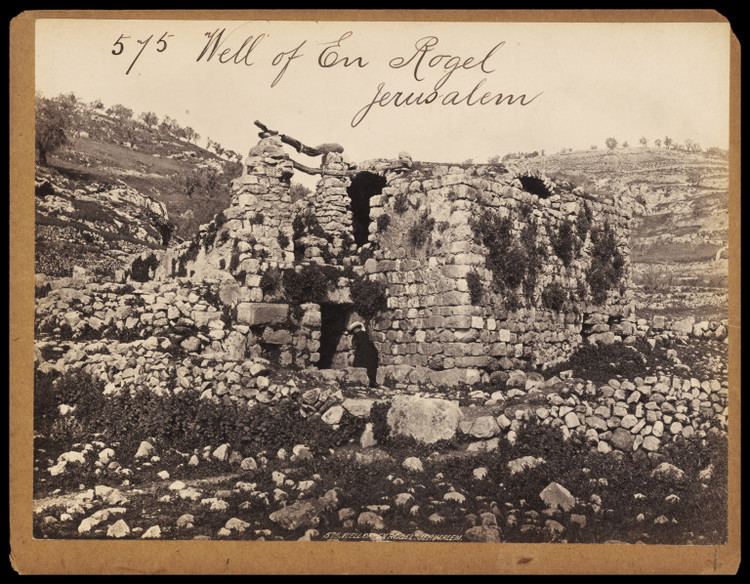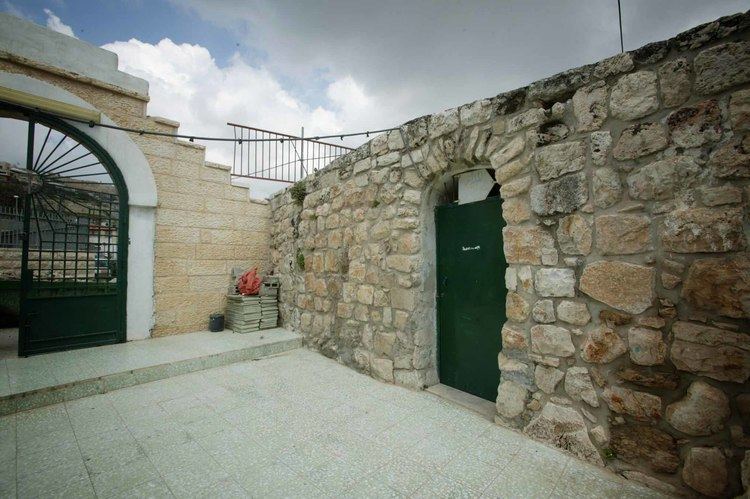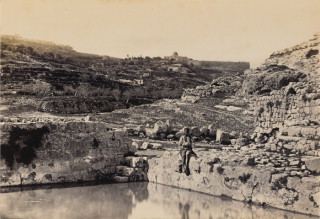 | ||
Eric orner s ein rogel street stories
Ein Rogel (Hebrew: ‛êyn rôgêl עין רגל) was a spring on the outskirts of Jerusalem mentioned in the Bible as the hiding-place of David's spies, Jonathan and Ahimaaz (2 Sam. 17:17). It may also have been a sacred place in pre-Israelite times. In English it also appears sometimes as Enrogel and En-rogel.
Contents

History

According to the Bible, Ein Rogel lay close to the stone Zoheleth where Adonijah held a sacrificial feast when he attempted to assert his claims to the throne (1 Kings 1:9). In later times it was one of the boundary marks between Judah and Benjamin (Josh. 15:7, 18:16). The obviously sacred character of the spring suggests that it is the same as the Dragon Well of Neh. 2:13.

The meaning of the name and its identification are uncertain. The interpretation 'Fuller’s Well' does not bear the mark of antiquity. It is probable that, like Zoheleth, the original name had some sacred or mythic significance.
Two identifications of the place have been suggested.


The chief points in favour of (1) (which Baed. identifies with Gihon spring) are: its antiquity and the evidence of Josephus. (Anti. vii. 14 4), who places the well in the royal gardens. Other arguments are based upon the fact that in later times the well was used by fullers.
Ein Rogel is mentioned in "Topography of Jerusalem," a document found in the Cairo Geniza that describes how the water breaks through to the riverbed after a winter of plentiful rainfall.
